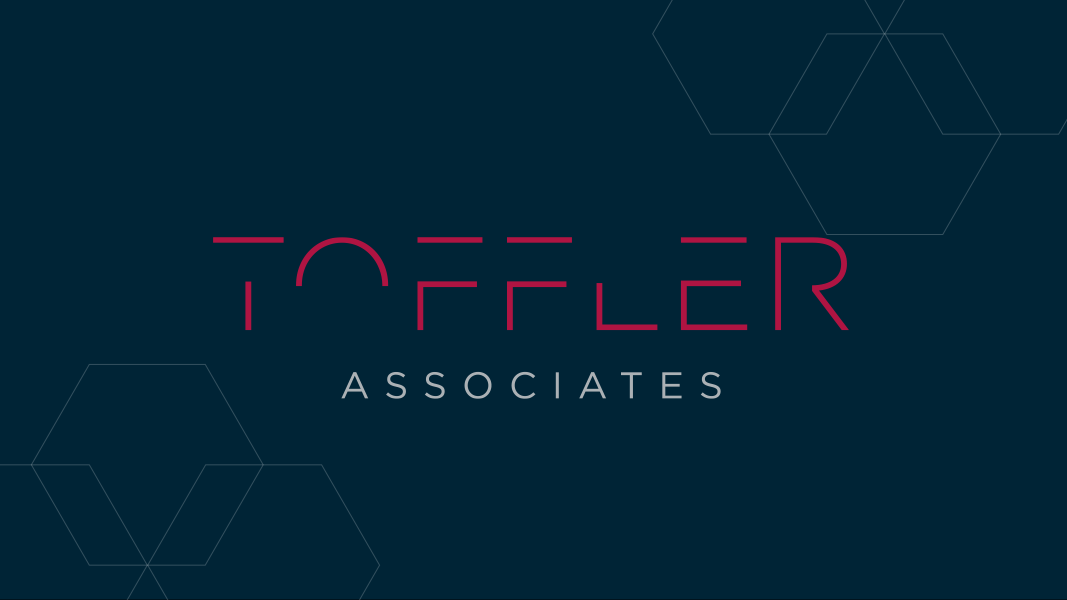Knowledge is Power in Today’s R&D

Continuous product design and development is and always has been a key to survival for any organization – commercial or government. Innovation, through both the development of new products and the re-design of existing ones, is a critical piece of a company’s ability to keep pace with rapid changes in technology, its own competitive landscape, consumer preferences, etc.
Traditional R&D
Traditionally, research and development (R&D) in support of a new or updated product has been driven by the producer itself. A company wanting to roll out a new product would have essentially two options for R&D: 1) conduct the research in-house or 2) outsource it. No matter the option chosen, R&D efforts would be centralized and undertaken at the bequest of the manufacturer by researchers or scientists housed together in a brick and mortar facility. Deliberate and disciplined, R&D would be focused silo-like on each product, while adherence to a classic stage gate method of management would ensure a linear approach to the process.
Knowledge as a Source of Wealth Creation
But the world is different now than it was even 10 years ago. With almost eight billion highly networked and highly connected people on the planet, each one of us is potentially within just one degree of connection to everyone else. And that creates opportunity.
Today’s global interconnectivity means knowledge can travel around the world in the snap of a finger, making it more accessible – and more valuable – than ever. Knowledge has become a source of wealth creation; where there is knowledge, there is money to be made, and everyone wants in on it.
The New Reality for R&D
So how will R&D change to meet today’s new reality? What does the worldwide proliferation of knowledge as a resource mean to companies and governments accustomed to creating their own knowledge?
It means organizations can no longer keep up with innovation using their own R&D mechanism. Instead, producers must leverage external knowledge resources for the purpose of R&D.
It requires a new way of thinking and operating. Producers must figure out how to:
- Closely integrate technology strategy with overall business growth strategy
- Stay future-focused to sense change, shifts in demand, and accessible sources of emerging technology
- Operate in a multi-disciplinary manner, crossing boundaries to utilize such disciplines as psychology, sociology, cultural anthropology, and systems thinking to increase understanding of consumers and end customers
- Develop agile R&D governance structures which embrace adoption of disruptive technology
- Create a network of networks to stay abreast of and access a wide variety of technology development
- Ensure efficacy and accuracy in the face of decentralized R&D
- Pay a fair price for the R&D knowledge needed to differentiate themselves from competitors
A Shift in the R&D Paradigm
New ways of thinking and acting ultimately require a shift in paradigm. In the case of R&D, organizations need to move away from the traditional model in which producers create knowledge through their own centralized process, in favor of a “new normal” in which producers access and leverage externally-existing knowledge from across the street or across the globe.
But radical change is difficult and disruptive. There will be innovators within the organization who are resistant to transformation. These individuals must be unleashed from the constraints of the traditional R&D process and encouraged to reach out beyond the organization to tap into other valuable sources of R&D and technology innovation.
This can only happen by overcoming biases and relinquishing control, while at the same time developing new processes which allow the necessary freedom while still maintaining the integrity of the business.


 About the Authors
About the Authors